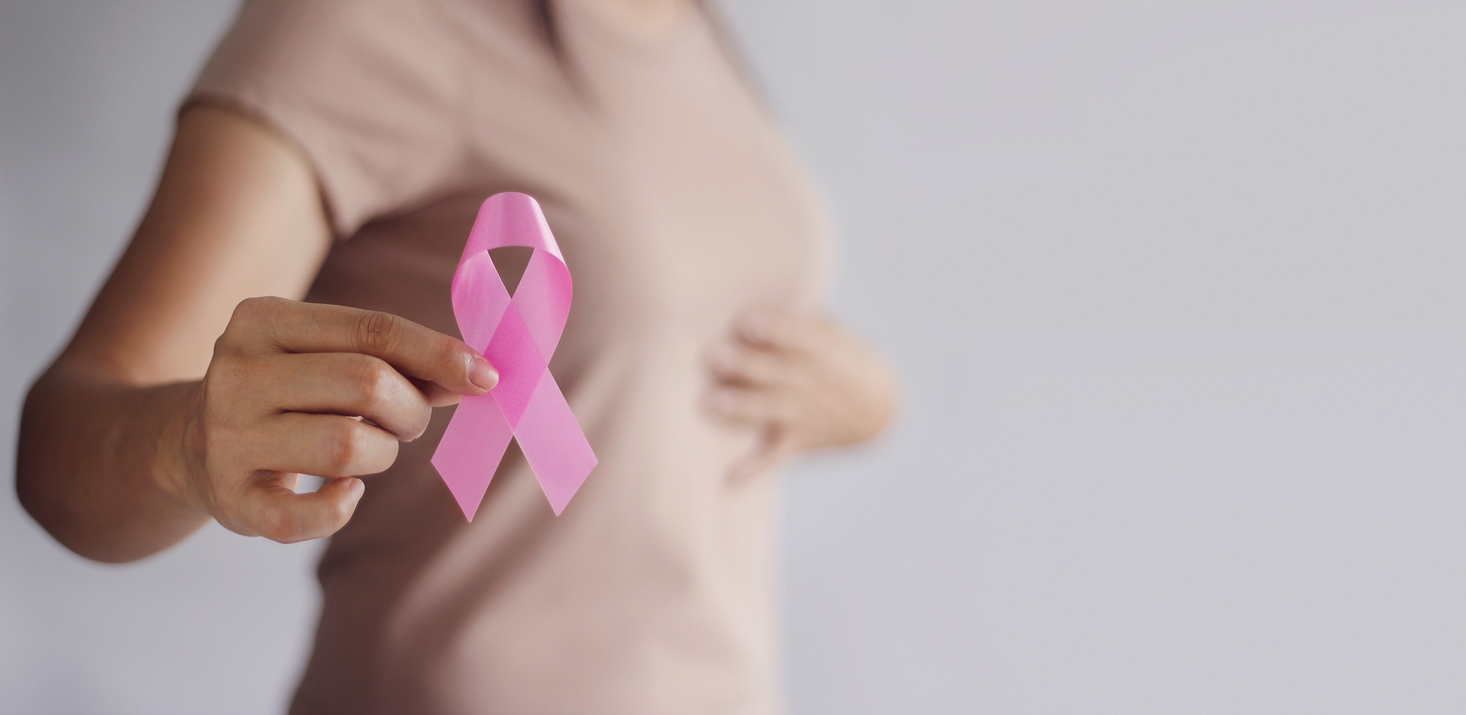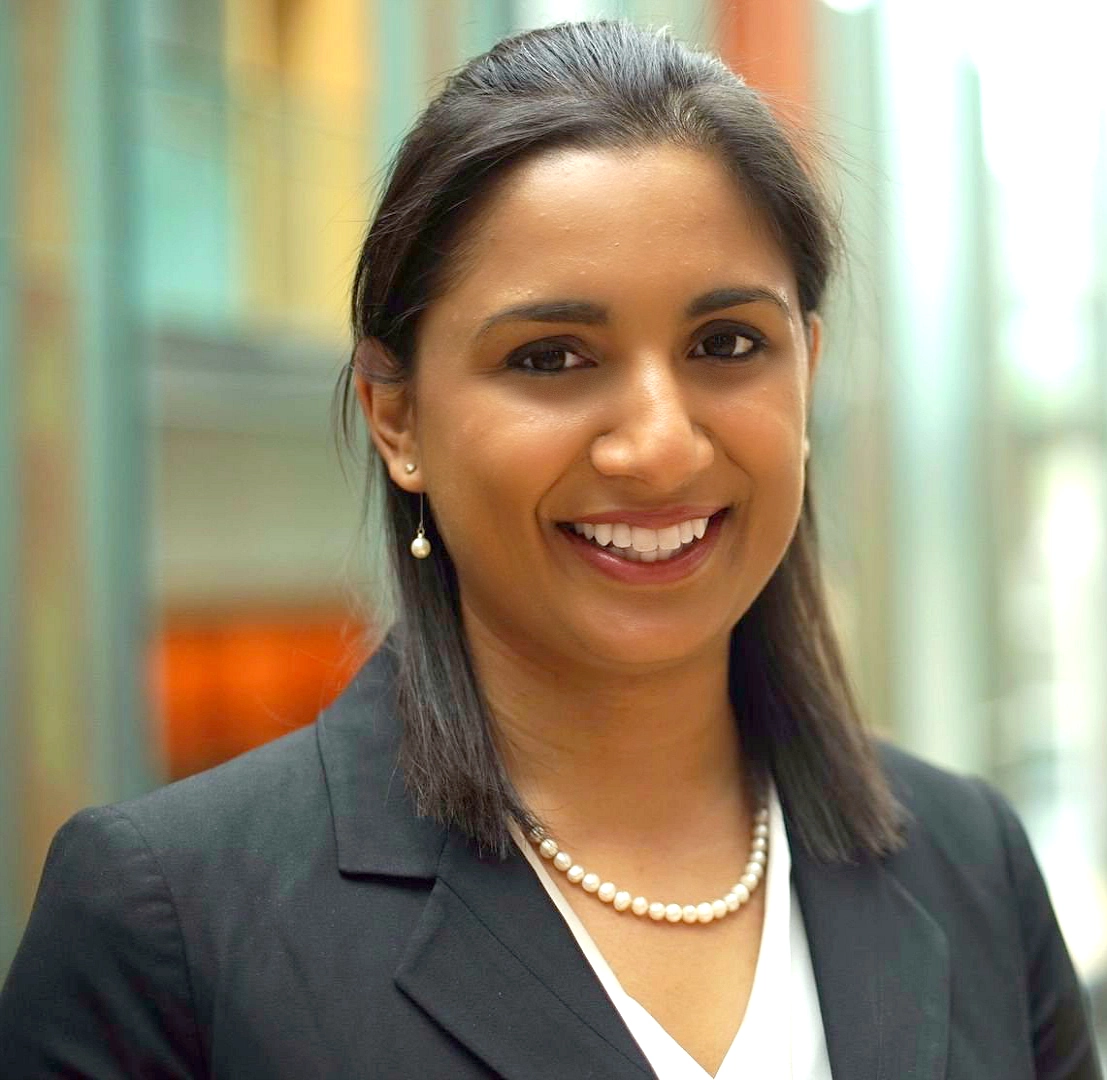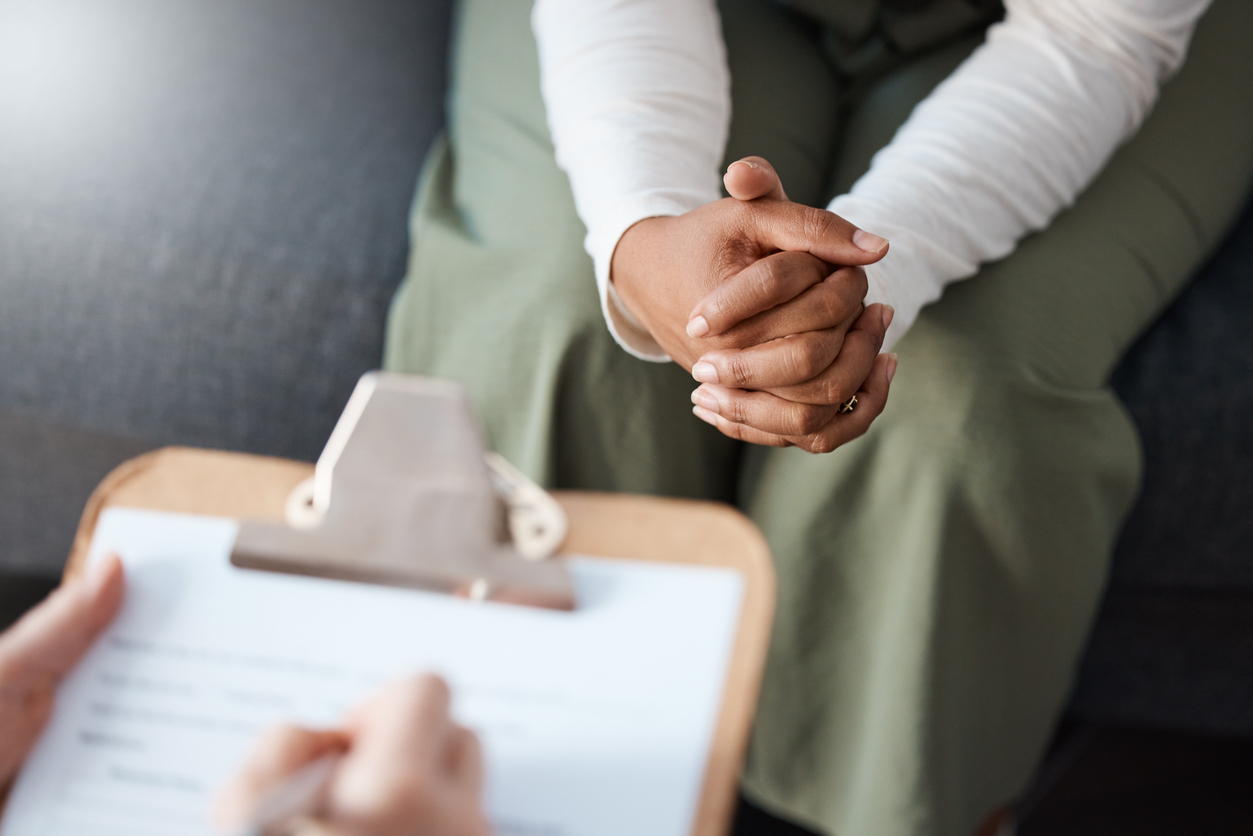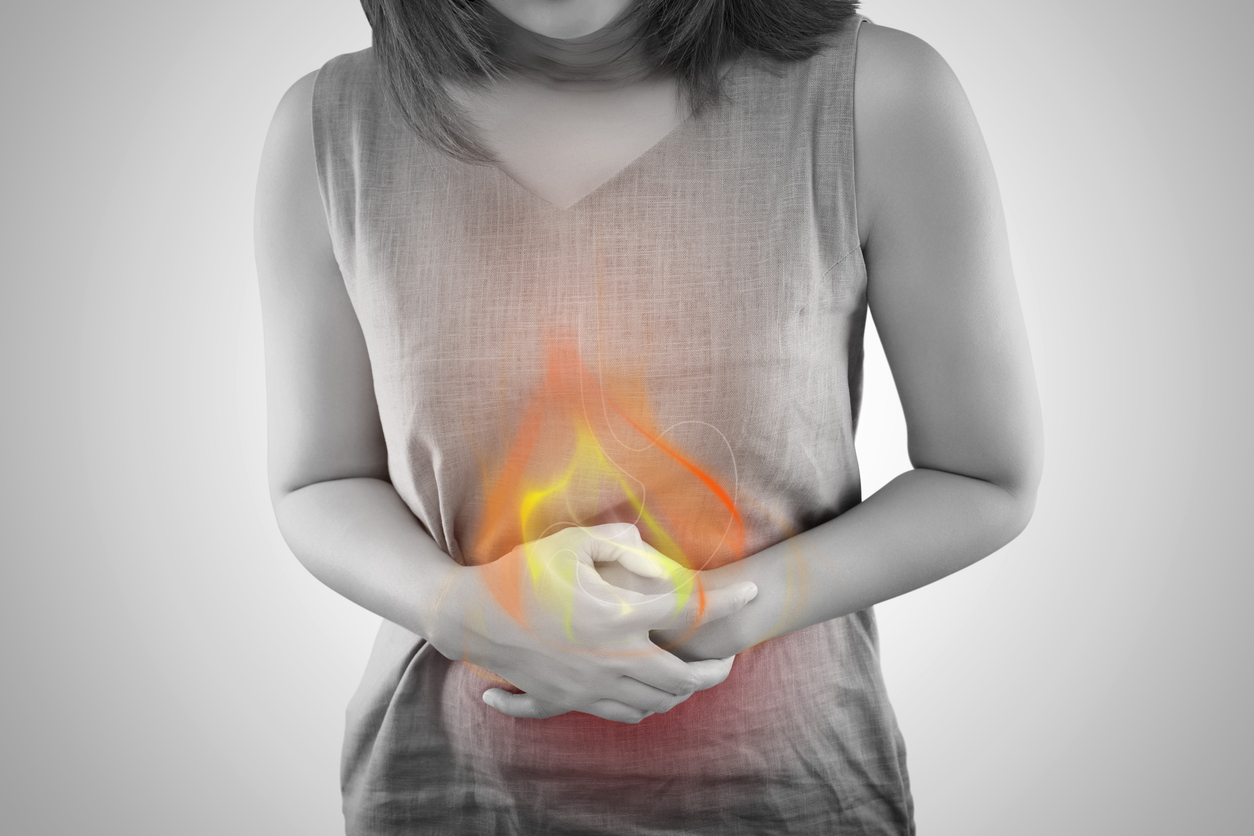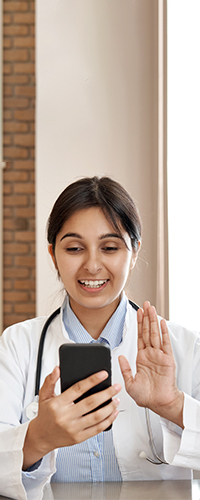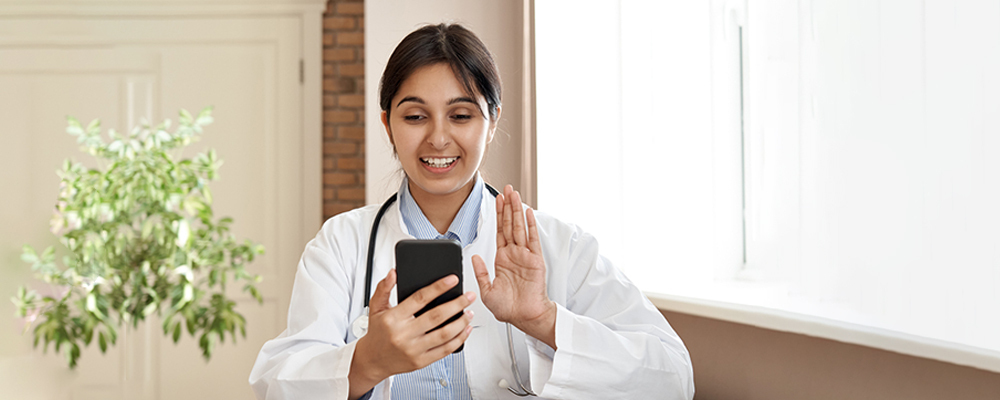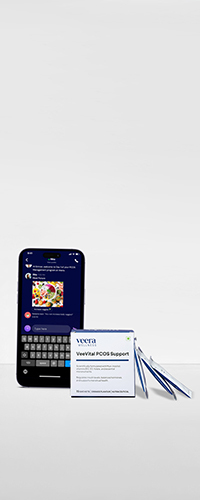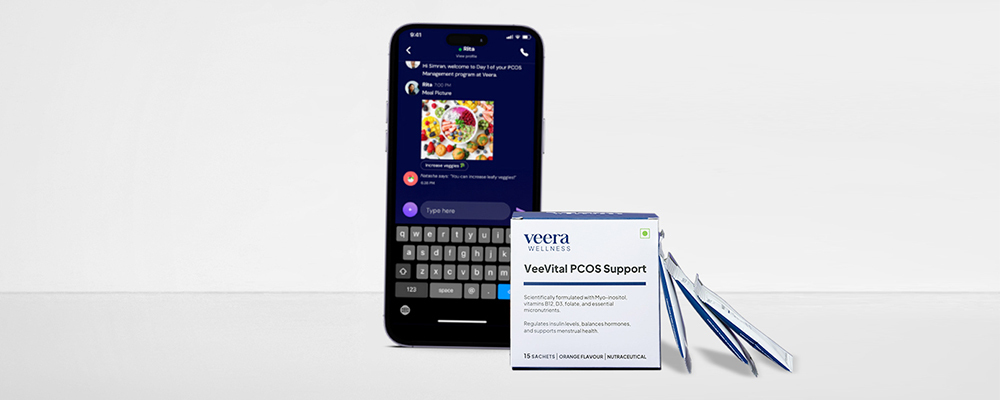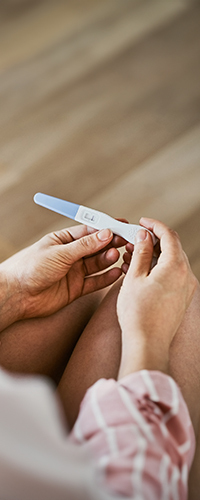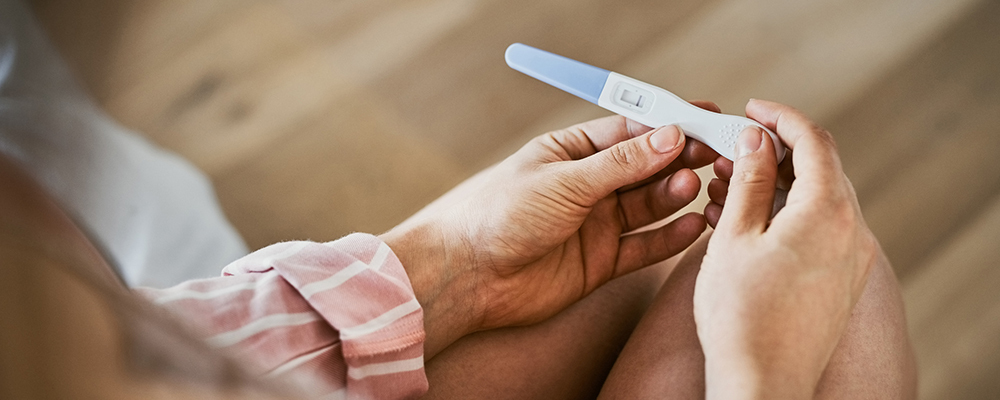Breast cancer has become the leading cause of cancer death amongst women in India, recently taking over cervical cancer. India is also seeing a trend where younger women in their 20s and 30s are now getting diagnosed with breast cancer at an increasing rate compared to other countries. Sounds scary, but the good news though is that if its caught early, breast cancer can largely be curable through surgical or medical treatments. That’s why it is important to know the early signs and what screening you should be doing to stay on top of your health.
So, how does one detect breast cancer early? What are the signs and what kinds of screening tests are there? Lumps in the breast are not the only sign of breast cancer and what even is a mammogram? We’ll answer all these questions here so read on.
What are the early signs of Breast Cancer?
Cancer is the uncontrolled division of cells in your body that overpowers the function of the specific organ and gradually spreads to the rest of the body. By the time you can feel a lump in your breast tissue, it may indicate late-stage or aggressive disease, therefore it’s important to know the earlier signs of cancer and to do the recommended screening that can detect cancer before you can feel a lump.
Other signs of breast cancer are redness on the breast, thickening of the skin, dimpling on the skin, or enlarged lymph nodes, which is why it’s important to check for masses in your armpits where groups of lymph nodes live. Sometimes nipple discharge, or a change in the look of your nipples can be an early sign of breast cancer. Sometimes even a subtle change like a change in the symmetry of your breasts can be a sign of breast cancer. What’s important that you can start doing now is having breast awareness – meaning inspecting the shape, size, color and nipples right now so that you notice when there’s a change.
The classic sign of breast cancer is a lump in the breast tissue, but how do you know which lumps are cancerous versus just normal or benign masses? Usually, you can’t be certain by just feel, you need a biopsy of the tissue to confirm the diagnosis, but certain characteristics are associated with a cancerous mass. A cancerous lump will feel hard, immobile under the skin, singular (not several small masses together), with irregular borders. Benign or non-cancerous lumps tend to be smooth, mobile and fluctuate in size based on your menstrual cycle.
What kind of screening is there?
About 1 in every 28 women in India suffers from breast cancer, so it’s important to know how and when to get screened.The most common and preferred way to screen for breast cancer is with a mammogram which is an x-ray of the breast tissue. Screening can also be done with an ultrasound, especially for dense breasts and by a clinical breast exam performed by your doctor, however these should not replace mammograms. Self-breast exams can be done monthly if access to other screening is not possible, but is not preferred. Rather, we encourage women to have breast awareness therefore if anything changes, you can promptly bring it up with your doctor.
To confirm a cancer diagnosis, successive diagnostic tests will be advised by the doctor such as further imaging with an MRI or a biopsy. A screening test isn’t the end of diagnosis.
What is a mammogram?
A mammogram uses low doses of X-ray to image your breast tissue at different angles. The technician will place your breast on an X-ray plate which will then compress the breast to get a clear picture and to reduce the amount of radiation the breast is exposed to. It only takes a few minutes, however, this process can be a bit painful if you have sensitive or bigger breasts. A radiologist will then interpret the images to look for suspicious findings that may need more follow-up by your doctor.
How often should you get screened?
If you are of average risk, it is recommended to start breast cancer screening tests like mammograms is between 40-45 years and should be done annually. If you have a family history of breast cancer then you should be begin screening earlier.
Often, breast tissue is dense in your 40s and prior to menopause, therefore sometimes a screening ultrasound is needed. If an abnormality is seen on mammogram, a follow-up ultrasound may be needed.
Clinical breast exams with your primary care doctor or gynaecologist should start in your 20s and happen at your annual physical visit. Self-breast exams are not recommended, but you should have breast awareness and inspect your breasts monthly and around the same time in relation to your menses therefore if there are any changes your can seek advice from your doctor. It is important to remember that clinical and self-breast exams should not replace mammograms which is the best way to screen for breast cancer.
Have questions about breast cancer screening? Talk with one of our Veera doctors today!


